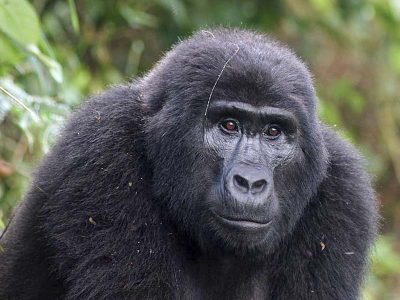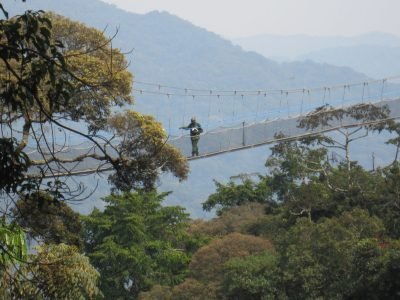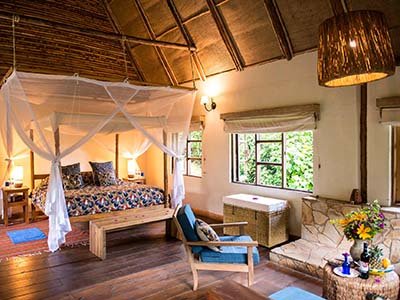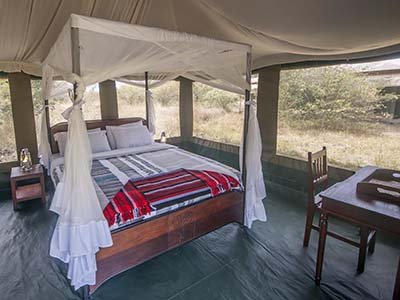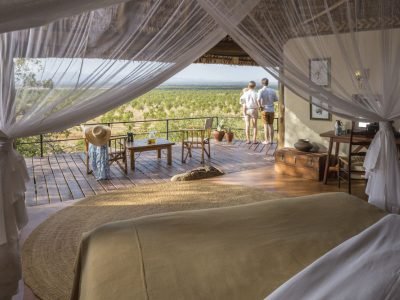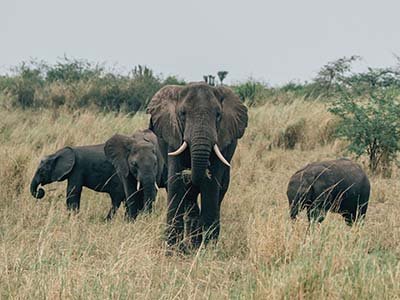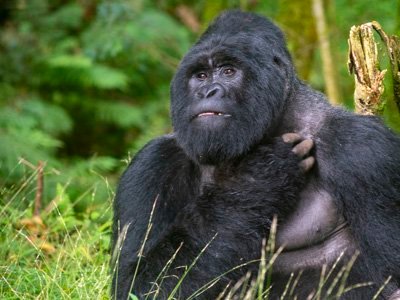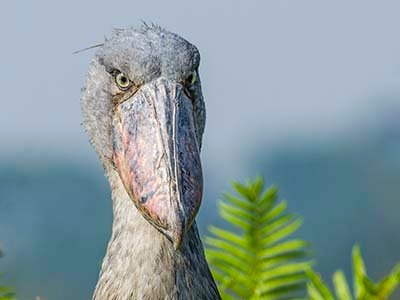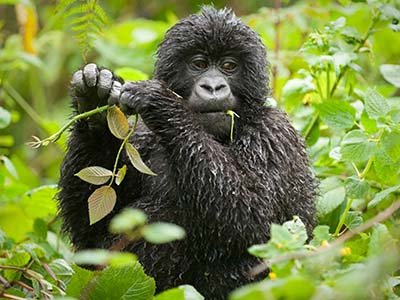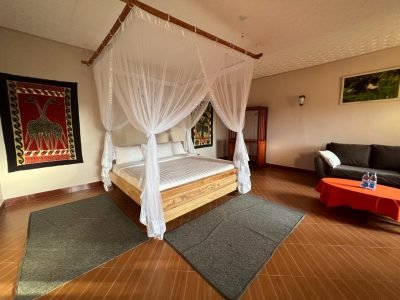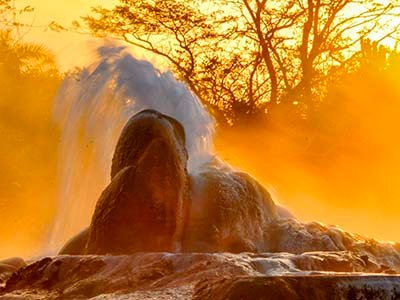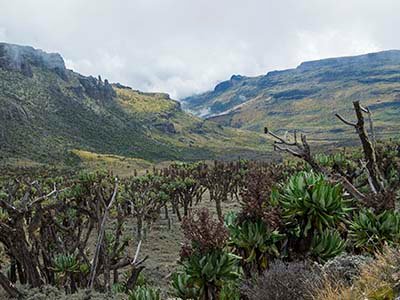Uganda
Uganda’s culture, topography, vegetation, and fauna are all quite diverse.
Uganda is known for having a high density of primate species, with Kibale National Park having 13 of them, making it the most densely populated protected region in Africa, including the recently found Dwarf Galago. The Uganda Mangaby is an endemic species found only in Uganda’s central forests, including Mabira, Budongo, Kibale, and Sangobay. Gorillas, Chimpanzees, and Golden Monkeys have been habituated in some forests, providing a good tracking experience with a high chance of encountering these magnificent animals in the wild.
Uganda has a diverse cultural legacy that dates back to the fourteenth century. Buganda, Busoga, Bunyoro, Toro, and Ankole are five ancient kingdoms. These kingdoms are linked to the ancient Bachwezi empire. Some of the earthworks associated with this ancient empire include the Bigo-by-mugenyi mounds in Mubende.
The Best times to visit Uganda
Uganda is located on the Equator, between 1o N and 4o N latitude and 30o E and 35o E longitude. It so offers a warm temperature with two rain seasons, as well as a variety of sights that may be visited throughout the year. The dry months of December to February and June to August, on the other hand, are the ideal for game viewing.
Wildlife conservation in Uganda
There are ten national parks in Uganda, including two world heritage sites Bwindi Impenetrable National Park and the Rwenzori Mountains National Park, the others are, the Kidepo Valley National Park, the Lake Mburo National Park, the Mgahinga Gorilla National Park, the Mount Elgon National Park, the Murchison Falls National Park, the Queen Elizabeth National Park, and the Semuliki National Park. Others are forest and wildlife reserves which in total make 28 protected areas in Uganda.
Game and bird viewing
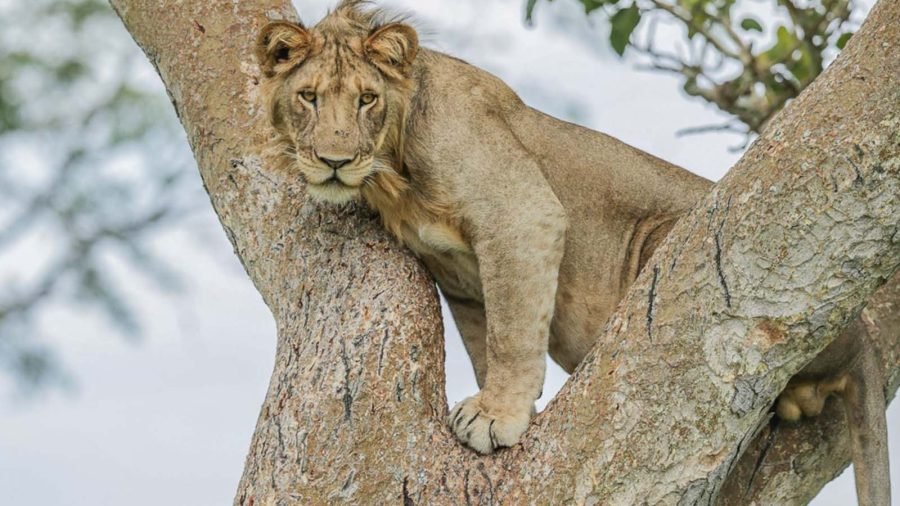
Game watching is the main tourism activity in Uganda. Within Uganda’s ten national parks, lions, buffaloes, giraffes, antelopes, and elephants may be seen in large numbers. Queen Elizabeth National Park is home to lions that can scale trees. Except when pursued by another lion pack or a herd of wild buffalo, lions do not generally climb trees. The tree-climbing lions found in Queen Elizabeth National Park, on the other hand, purposefully climb trees and relax on them in the midday, when the sun is high. This is a one-of-a-kind occurrence. There have only been a few identical sightings of this in Tanzania’s Lake Manyara National Park.
Murchison Falls National Park also boasts the greatest population of the endangered Nubian Giraffe and Uganda Kobs, as well as a huge population of Jackson’s hartebeest. Further to the northeast of the country is Kidpeo Valley National Park, which has the greatest herds of buffalo, with over 2000 reported, and they normally gather in the Narus valley, which always has water even during the driest season of the year.
Chimpanzee Trekking in Uganda

In Uganda, chimpanzee trekking is a popular tourist attraction. The two primary locations for chimpanzee trekking in Uganda are Kibale National Park and Kyambura Gorge in Queen Elizabeth National Park. Other locations are Budongo Forest and Karinzu Forest.
Each chimp trekking excursion starts with a briefing for all trekkers during which rangers describe the terrain’s peculiarities as well as chimpanzee facts and what to expect. After receiving a briefing, visitors are led through the forest to search for chimpanzees. There is an 88% chance of finding chimpanzees.
Mountain Gorilla Trekking
One of the ten countries where endangered gorillas can be seen is Uganda. In Uganda, mountain gorillas are the most sought-after tourist destination. The bulk of them is in southern Uganda’s Bwindi Impenetrable National Park, with a small number also present in Mgahinga National Park. Since April 1993, visitors to Bwindi are allowed to trekk mountain gorillas. The development of gorilla tourism and the habituation of gorillas to humans is proceeding cautiously due to the hazards to gorillas, such as human diseases.
The Bwindi Impenetrable National Park in Uganda has more challenging terrain than Rwanda does, with steeper hills and more dense foliage, therefore one needs to be physically fitter to traverse it. However, early reservations could provide possibilities for a simpler location.
The entire Mountain Gorilla tracking activity might take anywhere from 3 to 8 hours, depending on how far the gorillas walked the night before. The guides will check for excrement, tracks, and feeding trees as indicators. They can sometimes hear them before they see them! And after you’ve seen the gorillas, you’ll get an hour with them to photograph and observe them as they play and groom each other. To minimise disease transmission, keep at least 8 metres away from them at all times.
Water Sports and Boating Cruises
Uganda features a number of water bodies that are attractive tourist destinations due to its location in the African Great Lakes area. White water rafting and kayaking are popular sports on the Nile’s rapids at Jinja. Boating on Lake Victoria, Lake Mburo, Lake Bunyonyi, the Kazinga Channel, and the River Nile is a great opportunity to see the buffaloes, hippos, crocodiles, and a large variety of bird species that live on the banks of these bodies of water. Another popular tourist activity is sportfishing. Nile perch and tilapia can be taken in approved sections of Lake Mburo and the Nile’s banks. Canoeing is also available at Lake Bunyonyi.
Mountain Climbing and Hiking
Uganda offers several options for mountain climbing, trekking, and nature walks. The Rwenzori Mountains, which border the Democratic Republic of the Congo, feature the snowcapped Margherita Peak (5109 m), Africa’s highest mountain range and one of the tallest summits. Mgahinga Gorilla National Park also has three peaks: Mount Gahinga, Mount Sabyinyo, and Mount Muhavura, the highest mountain in the park. Mount Elgon, located in Eastern Uganda, features one of the world’s largest calderas and is suitable for trekking and climbing.
Religious Tourism
Uganda’s rising wildlife-based tourist sector includes a gradually expanding product niche for religious tourism.
The most well-known religious destination for pilgrimage and martyrdom is Uganda Martyrs Catholic Shrine Namugongo, the site of 22 Catholic martyrs who died between 1885 and 1886. Anglican Martyrs Shrine Namugongo, Munyonyo Martyrs Shrine, St. Mary’s Rubaga Cathedral, St. Paul Namirembe Cathedral, Kibuli Mosque, Old Kampala National Mosque, Kigungu Landing Site, Baha’i Temple, Bishop Hannington Site, and Paimol Site in Agago District are a few other revered tourist destinations in Uganda.
Sites of Cultural Interest
Uganda is rich in cultural sites. Tombs of Kasubi (a UNESCO world heritage Site) : Originally Kabaka Muteesa I’s palace (1880-1884), the burials of Muteesa I, Mwanga II, Daudi Chwa, and Muteesa II may be seen in the main building, which was rebuilt following a fire in 2010.




